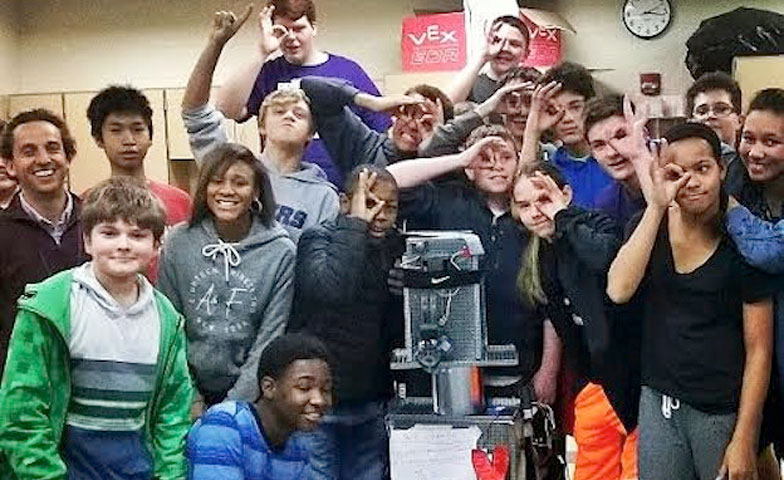How an early career teacher created a culture of mutual respect and learning
My favorite part about teaching this class is the atmosphere and expectations that I set up with my students. From the first day of school, I was completely honest with the students. I broke down the walls of the normal teacher-student relationship where the teacher is looked at as the bearer of all knowledge and all knowledge is passed down from the teacher to the students. I created a culture where students and their knowledge are equally valued and as important as the teacher’s. This led to a culture of mutual respect and collaboration. I, as the teacher, was not viewed as the bearer of all knowledge, but as a helpful resource to rely on when problems arose. The most important part of creating this culture is setting up those expectations from the beginning of school.
The major theme of this class is “Problem Solving.” I present students with a variety of real world scenarios and they have to think of a design to solve that problem. They work in groups of two to four students to create, construct, and program robots to solve the problems I present to them. This allows for a lot of different interpretations and ways to solve problems!
Several key strategies I have incorporated into the class that have proven to be successful are: purposeful grouping, incorporating student choice, and using students in a teacher’s role to help other students who needed more assistance.
I incorporated a “Menus” style of teaching and learning. Students would be purposefully arranged in groups of two to four and then they would be presented with three different levels of activities: Appetizer, Main Meal, and Dessert. Within each level, students would have to choose one task out of three or four options. As a group, students would choose which task to complete. Once decided, students would work as a group to design, build, and program the robot to complete the task. I would watch the robot perform the task, sign off on their paper, and they would move on to the next part of the menu. The activities got progressively more difficult as students moved from the Appetizer to the Main Meal to the Dessert level, with the Dessert level activities being the most difficult.
As the years go, I cannot help but think about how much I have learned and how I’m a better teacher as a result of teaching this class. One thing that I realized early on in my teaching career is how much teachers learn from their students. Teaching this class has been one of the best learning experiences of my life.

